
On March 8, after a 4-3 win against Texas Christian to wrap his team’s time in the Southern California College Baseball Classic in Los Angeles, Vanderbilt coach Tim Corbin was recounting some of the positives he took away from the weekend, a frustrating 1-2 showing for a Commodores team that still hadn’t quite found its footing.
One was that his team played some quality competition on the road on a natural grass surface, and if that last detail sounds trivial, consider that the Commodores play all of their home games on a very fast turf surface, and to that point, they had played all but three of their games at home.
“There’s so much value to going on the road,” Corbin said. “Getting out of your comfort zone, playing on grass and dirt . . . and playing good opponents. We need that.”
While grass is the default in pro ball, playing surfaces can vary widely from game to game in college. Over the course of a 56-game regular season, a team will likely play on not only turf and natural grass, but various versions of both.
There is fast turf and slower turf—to say nothing of turf that plays like a slip and slide after a good rain—natural grass that plays more like turf, natural grass more fitting of a high school facility, and on bad weather days, natural grass pocked with divots and puddles.
In a vacuum, playing infield defense on turf is easier. The bounces are predictable and true, so players don’t have to worry about gauging hops to determine when to attack the baseball, and at least in most cases, they can play deeper at their positions, giving them more time to react to a ball hit their way.
Denne historien er fra July 2020-utgaven av Baseball America.
Start din 7-dagers gratis prøveperiode på Magzter GOLD for å få tilgang til tusenvis av utvalgte premiumhistorier og 9000+ magasiner og aviser.
Allerede abonnent ? Logg på
Denne historien er fra July 2020-utgaven av Baseball America.
Start din 7-dagers gratis prøveperiode på Magzter GOLD for å få tilgang til tusenvis av utvalgte premiumhistorier og 9000+ magasiner og aviser.
Allerede abonnent? Logg på
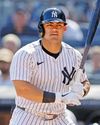
THE SERVICE TIME CONUNDRUM
MLB’s byzantine service time rules cloud rookie status and now PPI eligibility
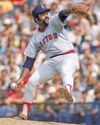
LUIS TIANT WAS MLB'S MOST SUCCESSFUL CUBAN PITCHER
On a scouting trip to Cuba in 1957, Bobby Avila discovered 16-year-old righthander Luis Tiant on the island's Juvenile League all-star team.
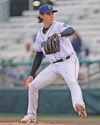
ORGANIZATION REPORT
Outfielder Heston Kjerstad's career has been unique, to say the least.
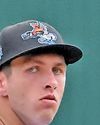
TOP 10 NL EAST
From the moment Thomas White stepped on a high school mound, he was viewed as the top lefthander available in the 2023 draft.
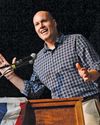
PREPARATION PAYS OFF
lowa politician J.D. Scholten makes a surprising return to pro ball at age 44
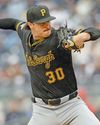
MAKING THE GRADE
Assessing the future value of graduated National League prospects
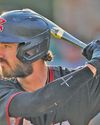
TOP 10 NL WEST
Even in high school, Bryce Eldridge could hit the ball a mile. The 6-foot-7 righthander could also touch 96 mph off the mound.
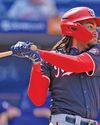
Wood Has Towering Upside- Nationals rookie James Wood also stands 6-foot-7 and also has game-changing power.
Aaron Judge and Oneil Cruz are 6-foot7 sluggers who stand out for their power in this year’s MLB Best Tools voting. Wood spent half of this season with Triple-A Rochester before making his MLB debut on July 1. While he was in the International League, he captured managers’ attention. Wood unanimously won Best Power Prospect and also claimed Most Exciting Player in a survey of league skippers. Wood hit .353/.463/.595 with 10 home runs in 52 games for Rochester. His .242 isolated slugging was the best for a player 21 or younger at Triple-A this season.
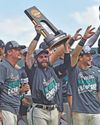
ROAD BLOCK?
Scholarship expansion puts mid-majors at a major disadvantage on the road to Omaha

ROYALS REVIVAL
A revamped and rejuvenated farm system has Kansas City ready to rebound